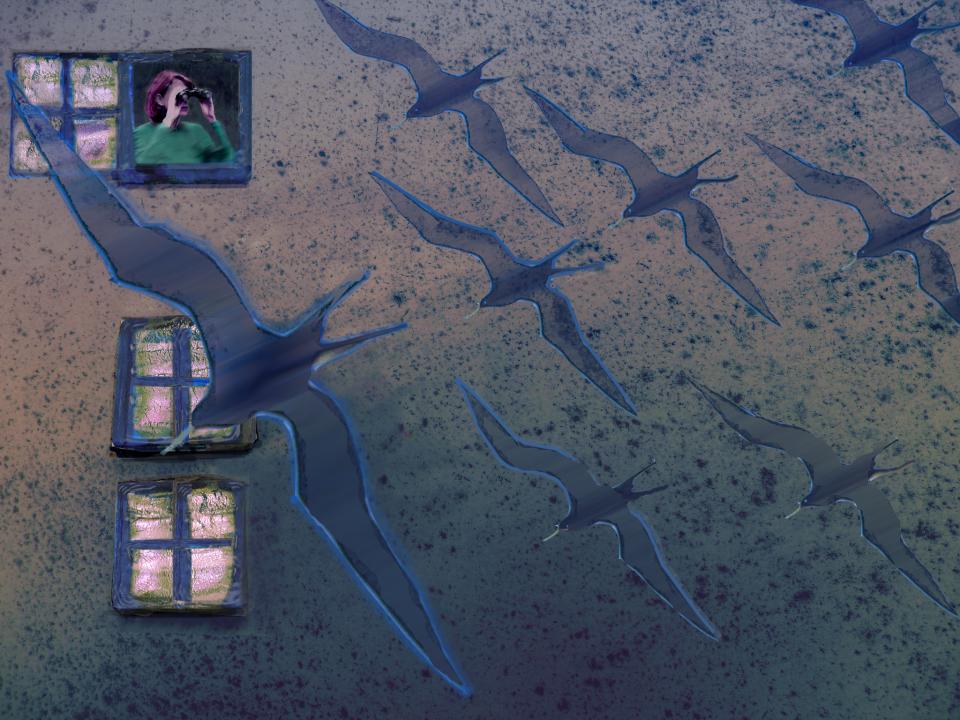
Since the mid 1980s, more Filipino women than men were leaving the country for various destinations abroad. Most of the women working abroad were domestic workers, 98% of them. The number of migrant women in health and medical fields, hotels, restaurants and shops and other services sector are also bigger. Most women, particularly domestic workers, are paid low wages while few get relatively higher wages. As it is, women migrants are most vulnerable as domestic workers. They have deplorable working and living conditions: they live and work in subhuman conditions, slave-like, exposed and vulnerable to sexual exploitation and other violations of human and labor rights.
Do we have effective measurements in terms of extending protection to these vulnerable women migrants? How do we reach the women OFWs to extend our support to them online? Do we have tools to reach them and for them to reach the concerned government agencies and other organizations? How do we maximize online connectivity so that we can send and receive messages to help migrants?
Since technology has bloomed, more and more women OFWs are visible online: Facebook, Twitter, Skype and other platforms. This is in order for them to communicate with their families back home. Even domestic workers who are often deprived of their rights to be online still manage to secretly get a cellphone.
The cases received by the Center for Migrant Advocacy (CMA) and a volunteer Filipino group in Saudi Arabia, these volunteers are working together for the rights of domestic workers. They developed an online helpline system which women migrants can text for help. An OFW in distress simply has to send a text message to +63 9209 OFW SOS.
CMA is my organisation; we respond and extend help to them online. But how can our women migrant workers safely secure their identities while using the internet to freely express themselves including their sexuality?
Attending the Gender and Internet Governance Exchange (GIGX) broadened my knowledge and my eagerness to deeply understand women’s rights online. We do have a lot of channels where we can express our sexuality, but how secured are they? There are a lot of questions still being raised and these need to be answered, especially seeing how technology is in almost everything we do. Technology transforms itself. Security and privacy must be linked to the increasing awareness of the implications of using social media.
Image by Caroline used with permission under Creative Commons license.
Responses to this post
Mabuhay Hazel at mga kababaihang Pilipina!
- Add new comment
- 10945 views





Add new comment